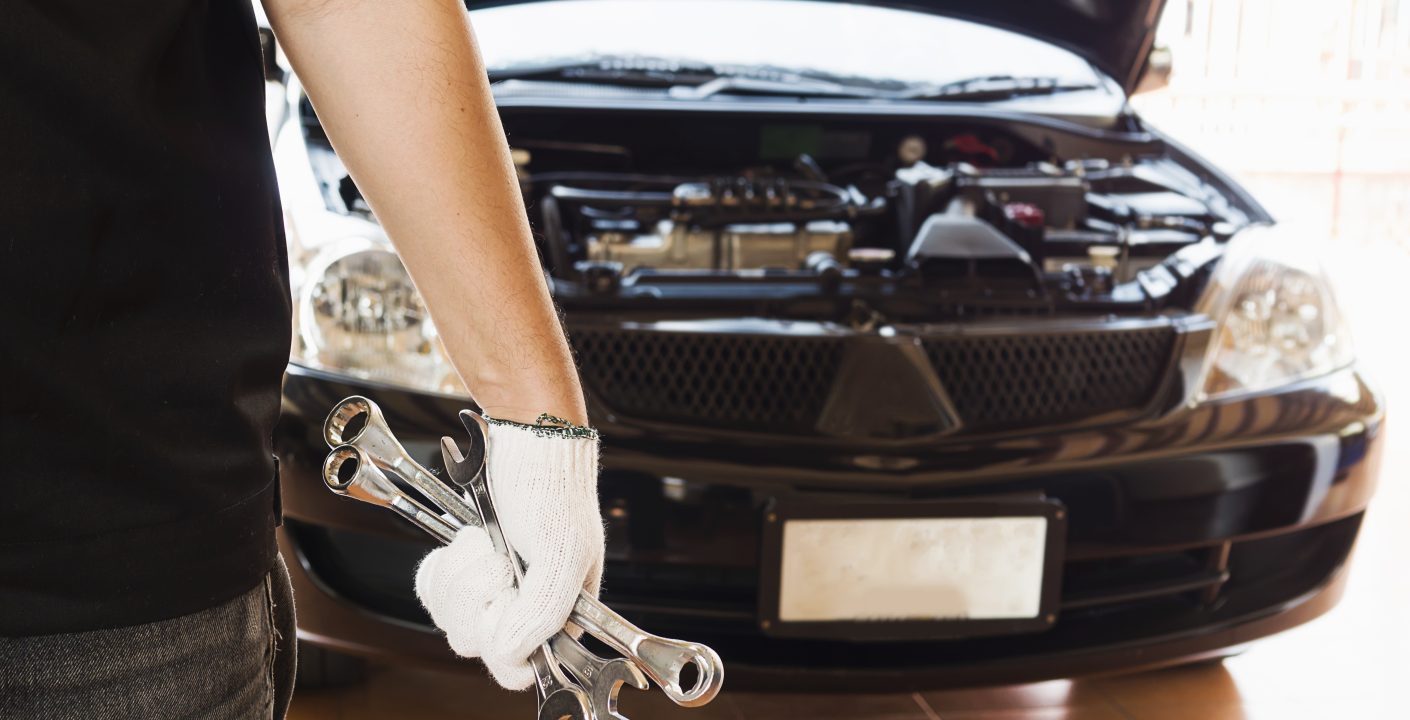The car’s timing belt is a critical engine component that synchronizes the rotation of the crankshaft and camshaft. This often goes unnoticed but has a significant impact on engine performance. In this post, we’ll look at what a timing belt is, how to inspect it, and the necessary maintenance measures to keep your engine operating smoothly.
Understanding the Timing Belt:
What is a Timing Belt?
The timing belt is a rubberized, toothed belt inside the engine that connects the crankshaft and camshaft. Its primary duty is to synchronize the rotation of these two critical engine components, ensuring accurate timing and coordination
Importance of the Timing Belt:
The timing belt is essentially the heartbeat of your engine. It regulates the opening and shutting of engine valves, allowing fuel and air to enter while exhaust gases depart. A properly working timing belt is critical for ensuring the engine’s peak performance and efficiency.
How to Inspect Your Car’s Timing Belt:
Visual Inspection:
Regularly inspect your timing belt for noticeable signs of wear and strain. Look for fractures, fraying, or other visible damage. If you notice any problems, it’s time to conduct a closer inspection or consider replacement.
Tension Check:
A properly tensioned timing belt is essential. To check for adequate tension, press down on the belt between the camshaft and crankshaft pulleys. If it feels loose or too tight, make modifications.
Mileage and Time Considerations:
Refer to your vehicle’s owner’s manual for the manufacturer’s recommended timing belt replacement interval. Remember that even if the belt appears to be in good condition, replacing it at the recommended mileage may prevent unexpected failures.
Maintenance Tips:
Regular Replacement:
Proactive replacement is critical to avoiding severe engine damage. Follow the manufacturer’s recommendations for timing belt replacement, which typically range from 60,000 to 100,000 miles, depending on the make and model.
Professional Inspection:
If you are unsure about the quality of your car’s timing belt, have a professional inspect it thoroughly. They can identify possible problems and suggest the best course of action.
Timing Belt Kits:
Consider purchasing a timing belt kit, which typically includes related components such as tensioners and pulleys. This assures a complete replacement while reducing the possibility of further issues arising.
Finally, while the car’s timing belt is a minor component, it plays a critical role in engine operation. Understanding how to inspect and maintain it is a proactive step toward ensuring your vehicle’s longevity and reliability. Remember that a well-maintained timing belt is the key to a healthy engine.
Image Credit:Image by jcomp on Freepik



